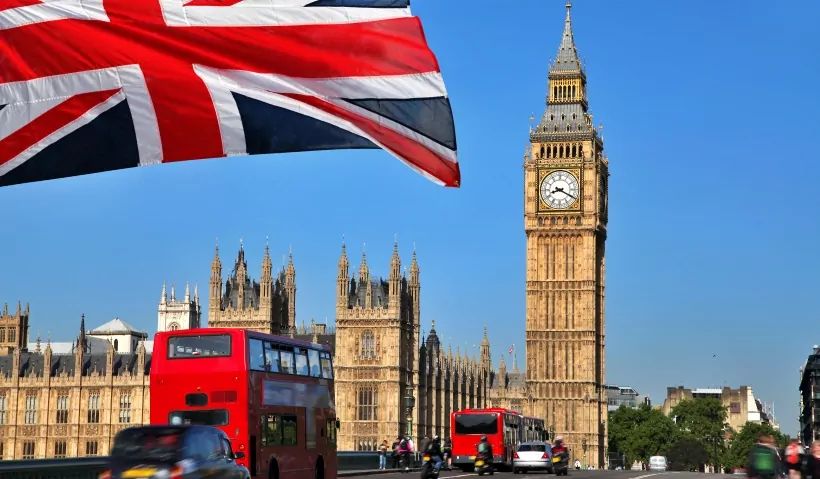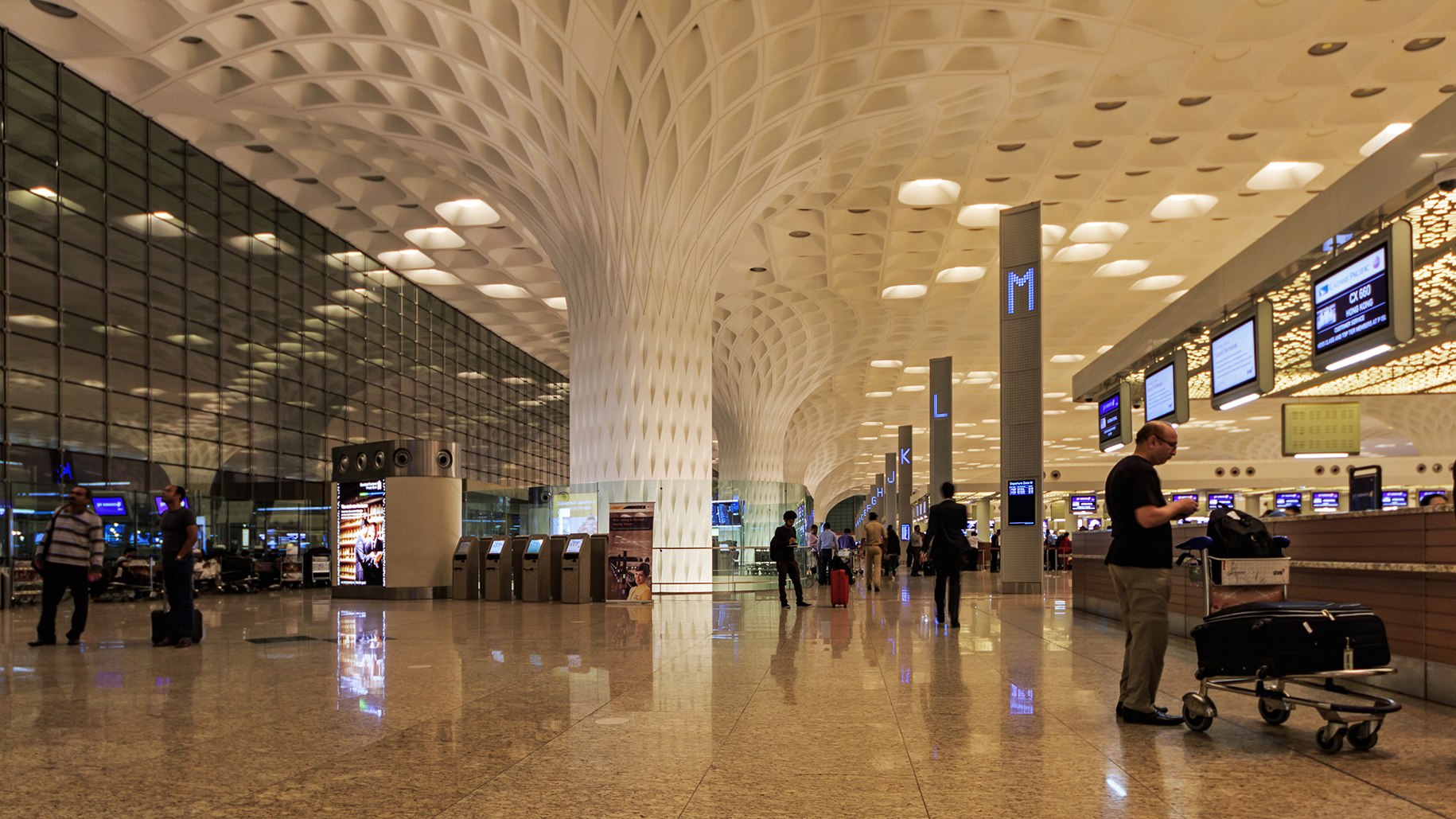Understanding the US visa system can seem like navigating a maze, but it’s crucial for anyone looking to visit, study, work, or immigrate to the United States. With a variety of visa types and application processes, it’s essential to know what applies to your situation. This article provides a comprehensive guide to US visas, from types to application procedures and answers to common questions. US VISA FAQ
Types of US Visas
Tourist Visas
B-2 Tourist Visa
The B-2 Tourist Visa is for individuals planning to visit the US for leisure, tourism, or to visit friends and family. This visa generally allows a stay of up to six months. Applicants must demonstrate that they have sufficient funds for their stay and intend to return to their home country.
Business Visas
B-1 Business Visa
For those traveling to the US for business purposes, the B-1 Business Visa is the appropriate choice. This visa is suitable for attending meetings, conferences, or negotiations. Similar to the B-2 visa, the B-1 also typically allows a stay of up to six months.
Student Visas
F-1 Student Visa
The F-1 Student Visa is designed for individuals pursuing academic studies at an accredited US institution. This visa requires proof of enrollment and sufficient financial support. The F-1 visa is typically valid for the duration of the academic program. US VISA APPLICATION PROCESS
M-1 Vocational Student Visa
For vocational or non-academic training programs, the M-1 Visa is the appropriate choice. This visa is specific to students attending non-academic institutions, such as trade schools. Like the F-1, the M-1 visa requires proof of sufficient financial resources.
Work Visas
H-1B Work Visa
The H-1B Visa is for skilled workers in specialty occupations. This visa requires a job offer from a US employer and proof of specialized knowledge or a bachelor’s degree. The H-1B visa is generally valid for up to three years, with the possibility of extension.
L-1 Intra-company Transferee Visa
For employees of multinational companies being transferred to a US office, the L-1 Visa is ideal. This visa supports managers, executives, and individuals with specialized knowledge. The L-1 visa is typically valid for one to three years.
Immigrant Visas
Family-Based Immigrant Visas
Family-based immigrant visas are available for individuals with close family relationships to US citizens or lawful permanent residents. This category includes immediate relatives and other family preference categories.
Employment-Based Immigrant Visas
Employment-based immigrant visas are for individuals with job offers from US employers or those with extraordinary abilities. This visa category is divided into several preference levels, including EB-1, EB-2, and EB-3.
US Visa Application Process
Step-by-Step Application Guide
Determine Visa Type
First, identify the visa type that matches your purpose for visiting the US. Each visa category has specific requirements and application procedures.
Complete the DS-160 Form
The DS-160 is the Online Nonimmigrant Visa Application form. This form must be completed accurately, as it is a crucial part of the visa application process.
Pay the Visa Application Fee
Visa fees vary depending on the type of visa you are applying for. Payment must be made as per the instructions provided by the US Embassy or Consulate.
Schedule an Appointment
Once the DS-160 is completed and the fee is paid, schedule an appointment for a visa interview at the US Embassy or Consulate in your home country.
Prepare for the Visa Interview
Gather necessary documents, including your passport, DS-160 confirmation, visa fee receipt, and any supporting documents related to your visa type. Be prepared to answer questions about your travel plans and background.
Attend the Visa Interview
Attend your scheduled interview, where a consular officer will review your application and ask questions to determine your eligibility. Be honest and provide clear answers.
Common FAQs About US Visas
How Long Does the Visa Process Take?
The processing time for US visas varies depending on the visa type and the applicant’s home country. Generally, it can take anywhere from a few weeks to several months.
What Documents Are Needed for the Interview?
Common documents required include a valid passport, DS-160 confirmation page, visa application fee receipt, and supporting documents such as bank statements, employment letters, or school enrollment certificates.
Can I Apply for a Visa Without an Interview?
In most cases, an interview is required. However, some visa categories and certain applicants may be eligible for a waiver.
What Should I Do If My Visa Application Is Denied?
If your application is denied, you will receive a written explanation. You may reapply or appeal the decision, depending on the reason for denial.
How Can I Check the Status of My Visa Application?
Visa application status can be checked online through the US Department of State’s visa status portal or by contacting the US Embassy or Consulate where you applied.
Conclusion
Navigating the US visa application process can be complex, but understanding the types of visas available and the steps involved can simplify the journey. Whether you’re visiting for tourism, business, study, or planning to immigrate, this guide aims to provide clarity and help you successfully obtain your US visa.


